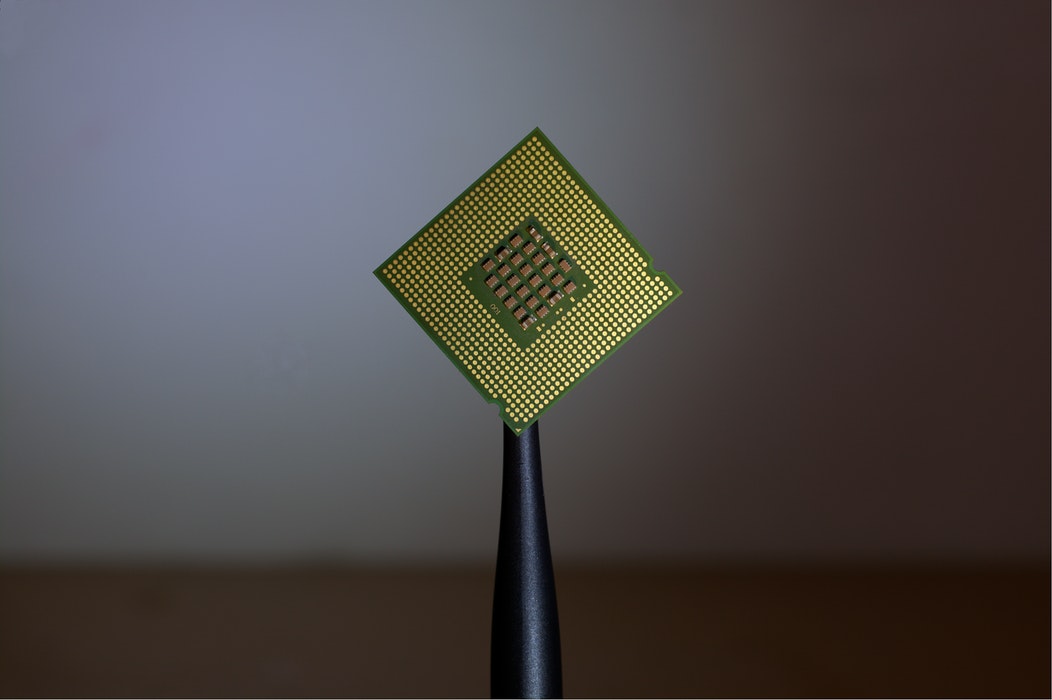 The future in advanced medicine has been a past-tense reality for many years already, with robotic surgeries being fairly commonplace. But, breakthroughs in flexible electronics mean many medical advances are also now possible for ordinary applications.
The future in advanced medicine has been a past-tense reality for many years already, with robotic surgeries being fairly commonplace. But, breakthroughs in flexible electronics mean many medical advances are also now possible for ordinary applications.
Flexible Electronics: The Future of Medicine
Ironically, the exploitation of the silicon-based super-circuit that has enabled Man’s gargantuan leaps in technology also creates the roadblock that developers must now overcome. The simple fact is that while a very small silicon chip can compactly contain billions of circuits and wires, that chip cannot bend without breaking, nor can it easily form to fit the way human skin can. The key to unlocking this next frontier in portable, integrated computing lies in the development of functional, flexible nanoelectronics.
Why Circuits Must Bend
Flexible electronics can enable the quantum leap to more advanced ways of treating patients. Circuitry printed on organic, biodegradable substrates or conductive films one-sixtieth the width of a human hair could conform to the contour of human limbs or organs. The scalable bioelectronics would seamlessly bond with living tissue and could provide constant local monitoring of a particular condition or function, for instance. The flexible chip could then send a signal back to a monitoring software or to attending physicians if attention were needed. It could even administer appropriate treatment itself, like by heating or cooling a sector of itself, or by discharging an immediate, targeted dose of medication. Once the issue was resolved, the body would merely absorb the electronics.
Similarly, nanobots with bendable, scalable structures would be able to flow with bodily fluids through apertures and around obstacles without breaking their circuits. Flex chips would eliminate the damage to soft tissues that occurs whenever rigid silicon electrodes are implanted for medical purposes.
The Future Isn’t Far Off
The technology to create flexible nanoelectronics with clear potential applications already exists. A Swiss research group has successfully made a flexible, transparent, proof-of-concept circuit printed on one-micrometer–wide perylene film that fits snugly atop a contact lens. Once fully developed, the lens chip could serve as a glaucoma monitor.
The future of flexible electronics is not only amazing; it’s at hand. The implications for sustainability are as game-changing as the horizons that flexible technology open for humanity. At present, the production of nanocircuitry wastes far more raw materials than what goes into the final products. Laser-printing the necessary circuitry onto a flexible substrate—like bendable nanoceramics currently in development—also reduces the carbon footprint and waste quotient of entire chains of application, from manufacture to market.
The future of flexible electronics depends on ultrathin conductive films and coatings, like Transcontinental Advanced Coatings’ z-flo® product line. To learn more about our coating products, just fill out our online form.